The Puerto Rico History is a rich tapestry that weaves together indigenous cultures, Spanish colonization, African influences, and a complex relationship with the United States. Situated in the northeastern Caribbean, Puerto Rico has experienced a dynamic and multifaceted journey through the centuries. From the earliest Taíno inhabitants to the impact of European conquest, the complexities of colonial rule, and the contemporary challenges of political status, Puerto Rico’s history reflects a unique blend of cultural diversity, resilience, and a quest for identity. In this comprehensive exploration, we will delve into key periods and milestones, unraveling the layers of Puerto Rico’s intricate and fascinating history.
Pre-Columbian Puerto Rico:
Long before the arrival of Christopher Columbus, the island of Puerto Rico was inhabited by the Taíno people. These indigenous inhabitants, who called the island Borikén, had a rich culture characterized by agriculture, fishing, and intricate artwork. The Taíno cultivated cassava, maize, sweet potatoes, and other crops, and their society was organized into chiefdoms.
When Columbus arrived in 1493 during his second voyage to the Americas, he encountered the Taíno people. The impact of European contact, however, proved devastating for the indigenous population, as diseases brought by the Europeans led to a significant decline in the Taíno population.
Spanish Colonization (15th – 19th centuries):
Puerto Rico became a Spanish possession following Columbus’s voyages, and in 1508, Juan Ponce de León, a Spanish conquistador, was appointed the first governor. The early years of Spanish colonization were marked by efforts to establish settlements and exploit the island’s resources, including gold.
As gold reserves proved limited, Puerto Rico’s economic focus shifted to agriculture. Sugar cultivation became a dominant industry, with African slaves imported to work on the plantations. The intermingling of Taíno, Spanish, and African cultures contributed to the formation of a distinctive Puerto Rican identity.
The colonial period also witnessed various attempts by European powers, including the Dutch and English, to seize control of Puerto Rico. Spanish defenses and the island’s strategic location in the Caribbean played a role in thwarting these efforts.
Cultural Syncretism and Criollo Identity (18th – 19th centuries):
Over time, a distinct Puerto Rican culture, known as Criollo, emerged through the blending of European, African, and indigenous influences. This cultural syncretism manifested in language, religion, music, and cuisine.
Spanish rule in Puerto Rico remained relatively stable, and the island experienced economic development through the cultivation of sugarcane, coffee, and tobacco. The population included a mix of Spanish settlers, African slaves, and indigenous people.
The Criollo identity took root, and Puerto Ricans developed a sense of pride in their unique cultural heritage. This period also saw the rise of a Creole elite that played a significant role in local governance and economic affairs.
19th-Century Transformations:
The 19th century brought significant changes to Puerto Rico, as well as to the broader Caribbean and Latin American regions. The impact of the Napoleonic Wars in Europe and the Latin American wars of independence influenced the political landscape.
In 1815, following the restoration of Spanish rule after the Peninsular War, Puerto Rico became an integral part of the Spanish monarchy. The island was granted representation in the Spanish Cortes (parliament) and experienced economic reforms.
Abolitionist movements gained traction, leading to the gradual abolition of slavery in Puerto Rico. The process began in 1873 with the “Moret Law,” which emancipated slaves over 60 years of age, and was completed in 1886 with the “Cerero Law,” which abolished slavery for those under 60.
The latter half of the 19th century also witnessed efforts to modernize the island’s economy and infrastructure. Coffee production became a significant industry, and the development of railroads facilitated transportation and trade.
The Spanish-American War and U.S. Rule (1898):
The late 19th century proved to be a pivotal moment in Puerto Rican history with the outbreak of the Spanish-American War in 1898. The conflict arose over Cuba’s struggle for independence from Spanish rule, but Puerto Rico also became a battleground.
In July 1898, the United States invaded Puerto Rico, and the Treaty of Paris later that year officially ceded the island to the United States. The transfer marked the end of more than 400 years of Spanish colonial rule.
Under U.S. rule, Puerto Rico experienced profound changes in its political, economic, and social structures. The Foraker Act of 1900 established a civil government for the island, and Puerto Ricans became U.S. citizens in 1917 through the Jones-Shafroth Act.
The economic landscape shifted with the expansion of American corporate interests. Sugar production continued to be a major industry, and large American corporations established a significant presence on the island.
Operation Bootstrap and Industrialization (20th century):
In the mid-20th century, the U.S. government implemented Operation Bootstrap, an economic development program aimed at transforming Puerto Rico’s economy from agrarian to industrial. The program encouraged industrialization and attracted U.S. companies with tax incentives and subsidies.
While Operation Bootstrap led to industrial growth and urbanization, it also resulted in social and economic disparities. The benefits of industrialization were not evenly distributed, and rural areas faced challenges as agriculture declined.
Puerto Rico’s political status also became a central issue. The Commonwealth of Puerto Rico, known as Estado Libre Asociado in Spanish, was established in 1952. While it granted the island a measure of self-governance, Puerto Rico remained a territory of the United States, and debates over political status persist to this day.
Civil Rights Movement and Cultural Renaissance (20th century):
The mid-20th century also saw the emergence of a vibrant cultural and artistic renaissance in Puerto Rico. Writers, poets, musicians, and artists celebrated and explored Puerto Rican identity, contributing to a broader Latin American and Caribbean cultural movement.
The civil rights movement in the United States influenced Puerto Rican activism, leading to efforts to address issues of inequality and discrimination. The struggle for civil rights and social justice became intertwined with the broader movement for Puerto Rican independence.
Commonwealth Status and Political Challenges (20th century – present):
Puerto Rico’s political status has been a central and enduring theme in its modern history. The Commonwealth status, established in 1952, granted Puerto Rico a degree of autonomy, with its own constitution and government. However, debates over political status have continued, with some advocating for statehood, independence, or an enhanced form of Commonwealth.
Economic challenges have also been a focal point, with Puerto Rico facing periods of economic downturn and financial crises. Issues such as high unemployment, debt, and emigration have shaped the island’s economic landscape.
In 2016, Puerto Rico faced a severe financial crisis, leading to the imposition of a fiscal oversight board by the U.S. Congress. The situation brought attention to the island’s political and economic challenges, and discussions around its future status gained renewed prominence.
In 2017, Puerto Rico faced a devastating blow from Hurricane Maria, a Category 4 hurricane that caused widespread destruction. The aftermath revealed vulnerabilities in the island’s infrastructure and prompted discussions about the relationship between Puerto Rico and the United States, as well as the need for increased federal assistance in times of crisis.
Contemporary Issues and the Quest for Identity (21st century):
As Puerto Rico entered the 21st century, it grappled with a complex array of challenges and opportunities. The island faced the ongoing impact of economic difficulties, the aftermath of natural disasters, and debates over political status.
The question of Puerto Rico’s political status remains a key issue, with different political parties and factions advocating for statehood, independence, or a continued association with the United States under the current Commonwealth arrangement. Plebiscites on the issue have been held, but a clear consensus has yet to emerge.
Economic development and recovery have been ongoing priorities, with efforts to diversify the economy, attract investment, and address issues related to debt and financial stability. The aftermath of Hurricane Maria underscored the importance of resilience and preparedness in the face of natural disasters.
Cultural identity and heritage continue to be celebrated and explored in Puerto Rico. The island’s rich traditions, including music, dance, and festivals, remain integral to its identity. The Spanish language and the fusion of African, Taíno, and European influences contribute to a dynamic and diverse cultural landscape.
In recent years, Puerto Rico has faced additional challenges, including the economic impact of the COVID-19 pandemic and debates over educational reforms. The quest for self-determination and the ability to shape the island’s future are central themes in the ongoing narrative of Puerto Rico.
Conclusion:
The history of Puerto Rico is a story of resilience, adaptation, and the complexities of identity and governance. From the indigenous Taíno cultures to the impact of Spanish colonization, the transformations under U.S. rule, and the ongoing quest for political and economic stability, Puerto Rico’s history reflects a dynamic interplay of forces.
The island’s unique blend of cultural influences, linguistic diversity, and its role as a crossroads of history in the Caribbean contribute to its distinct identity. Puerto Rico’s journey through the centuries has been marked by moments of triumph and struggle, and the island’s people continue to shape their destiny in the face of contemporary challenges.
As Puerto Rico moves forward into the 21st century, the quest for political self-determination, economic prosperity, and environmental sustainability remains at the forefront. The resilience and creativity of Puerto Ricans, combined with a deep connection to their heritage, position the island as a dynamic force in the unfolding narrative of the Americas. The ongoing story of Puerto Rico serves as a testament to the enduring spirit of its people and the rich tapestry of history that has shaped this vibrant Caribbean nation.


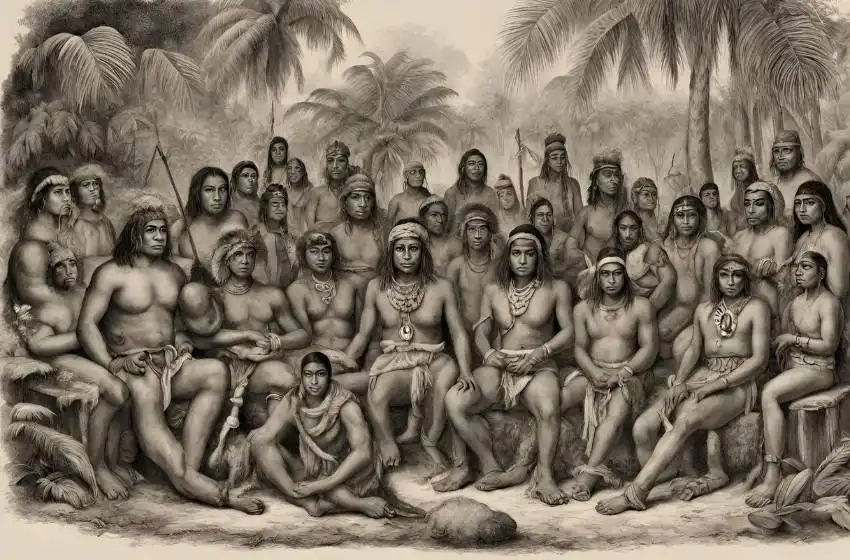
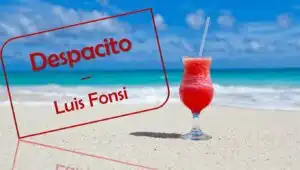
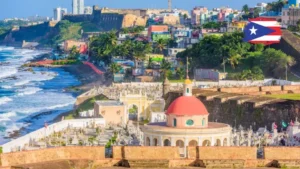
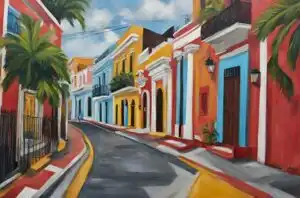

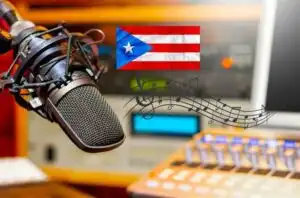
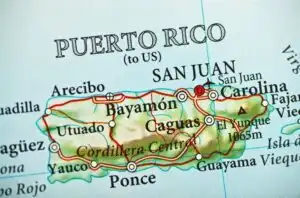
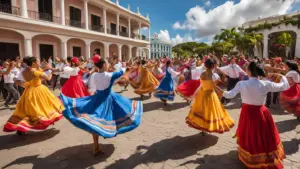
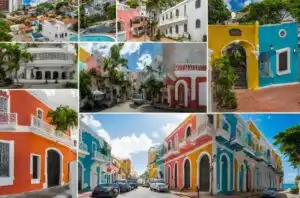
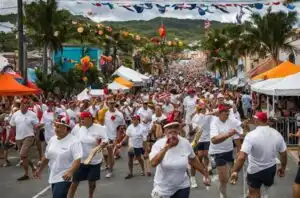
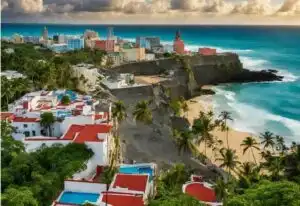
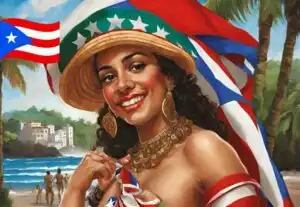
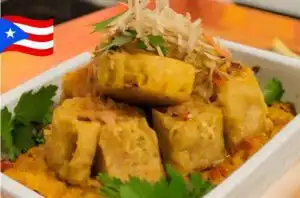
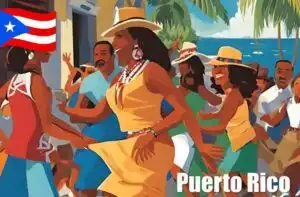
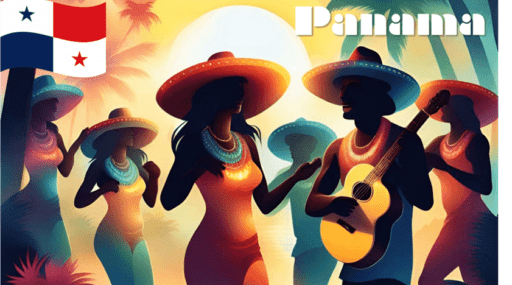

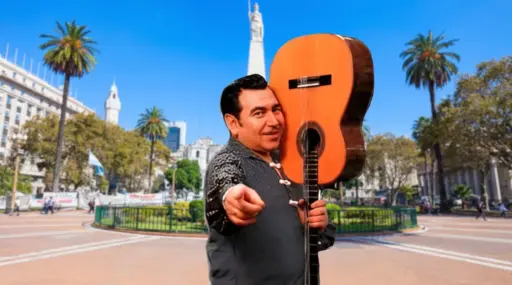
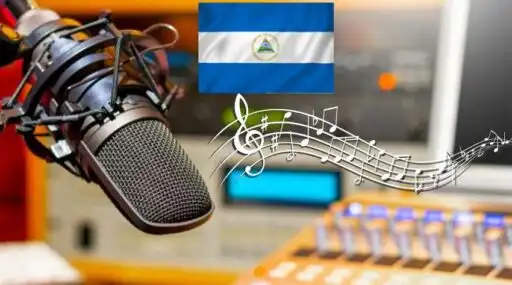

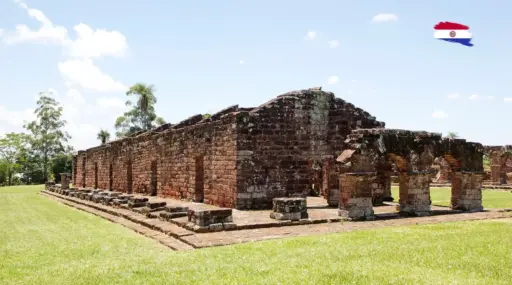
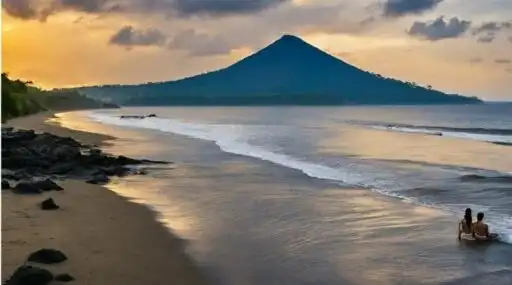

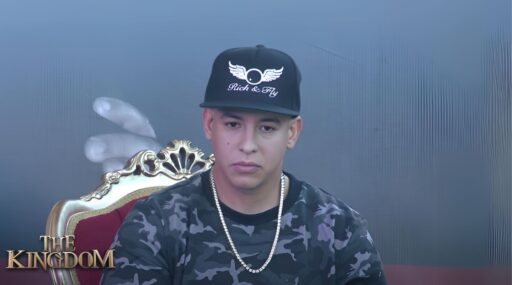


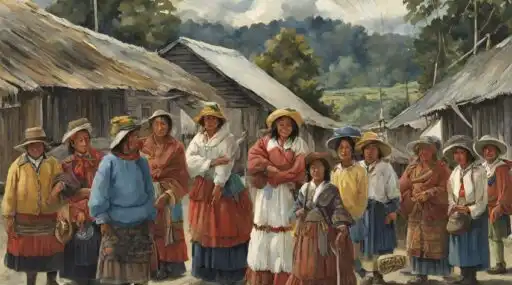
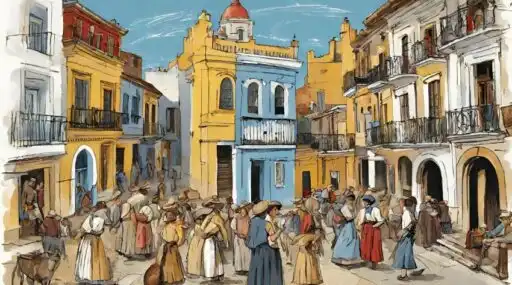







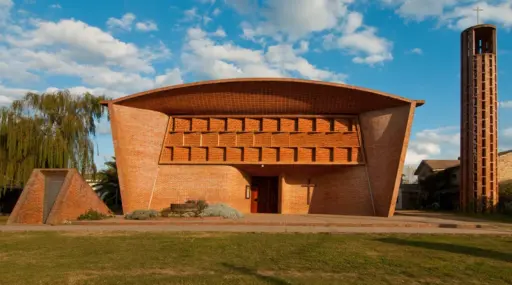
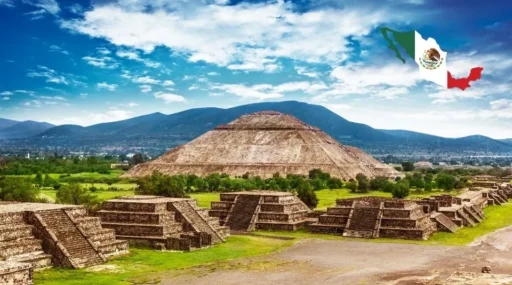
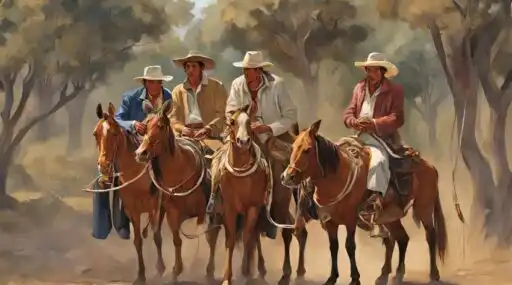

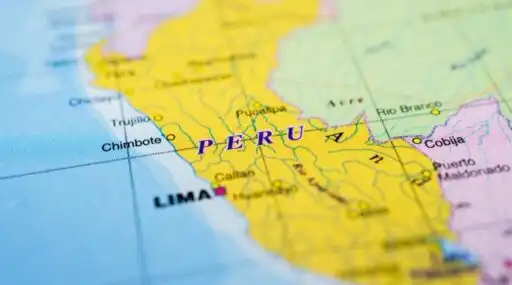
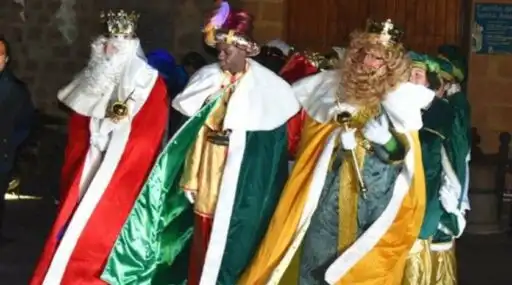

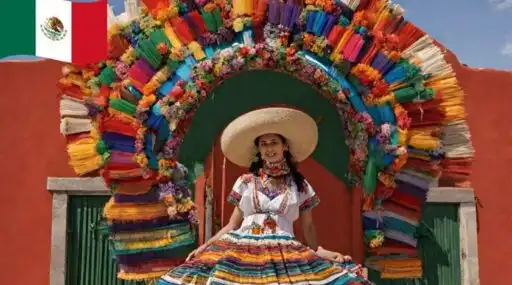
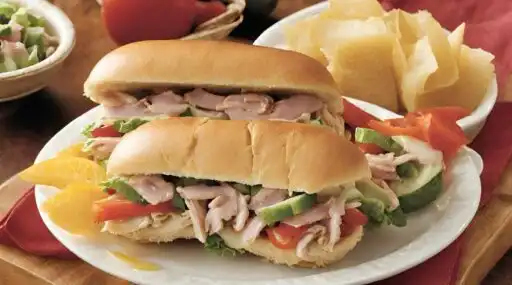

Leave a Reply